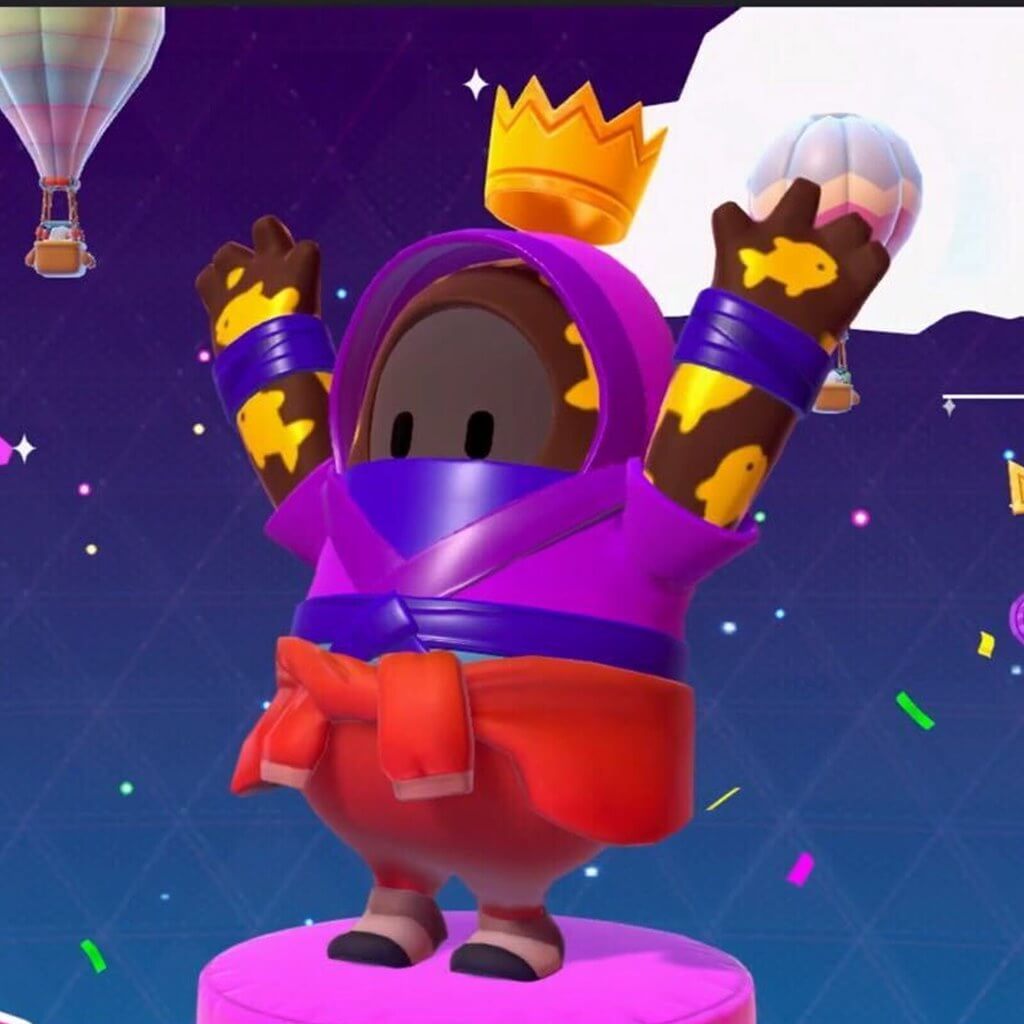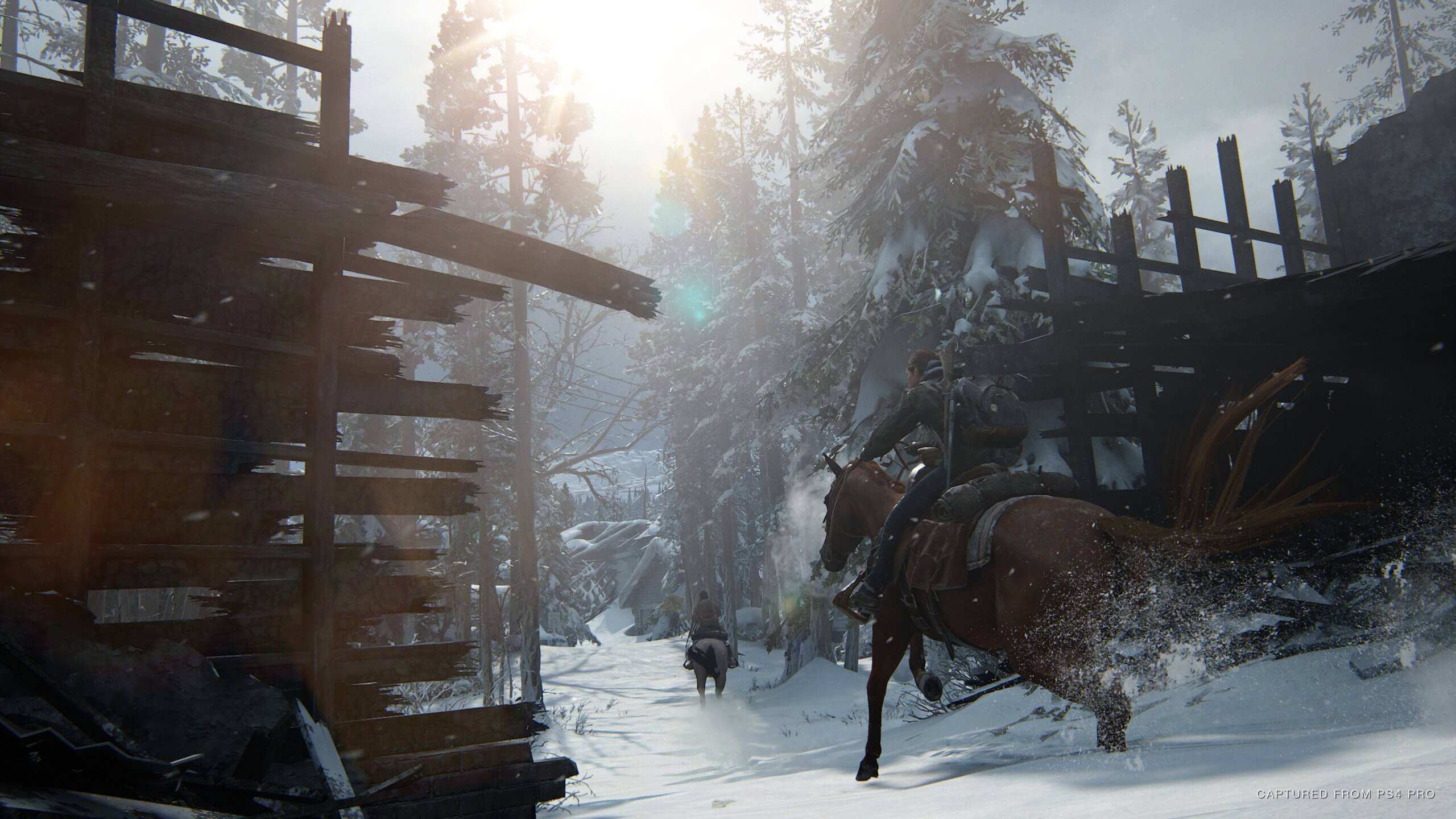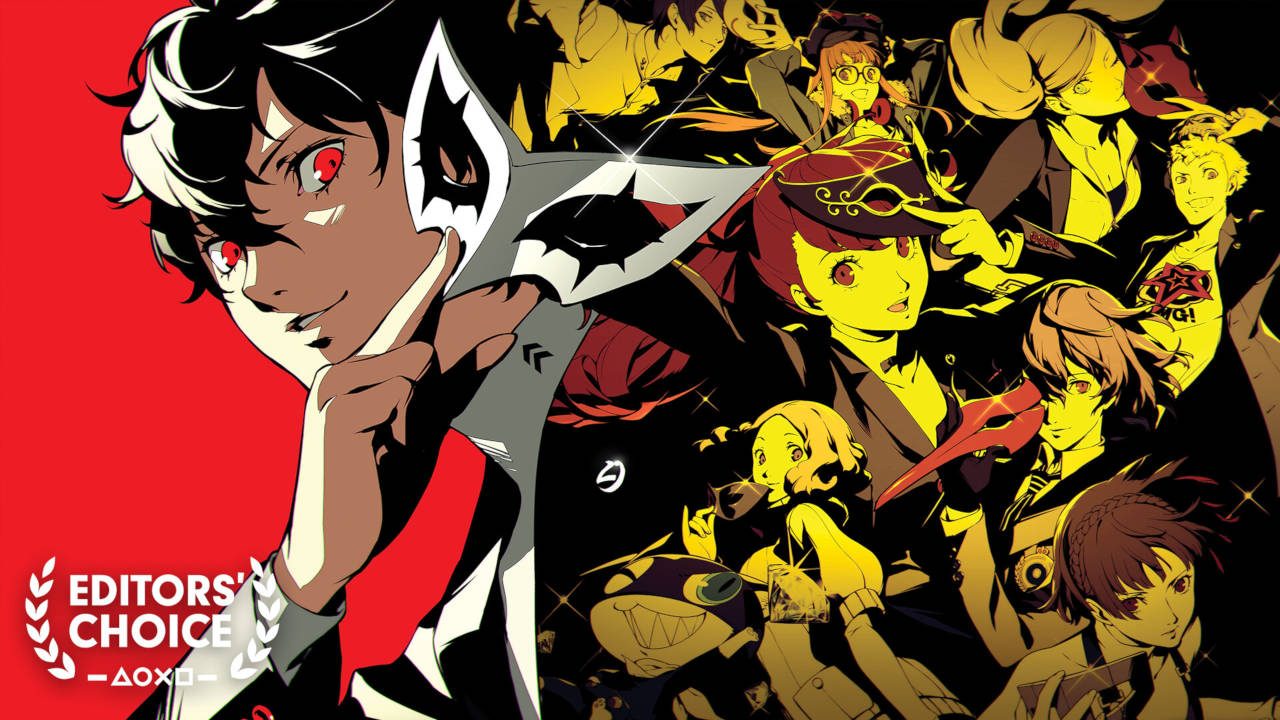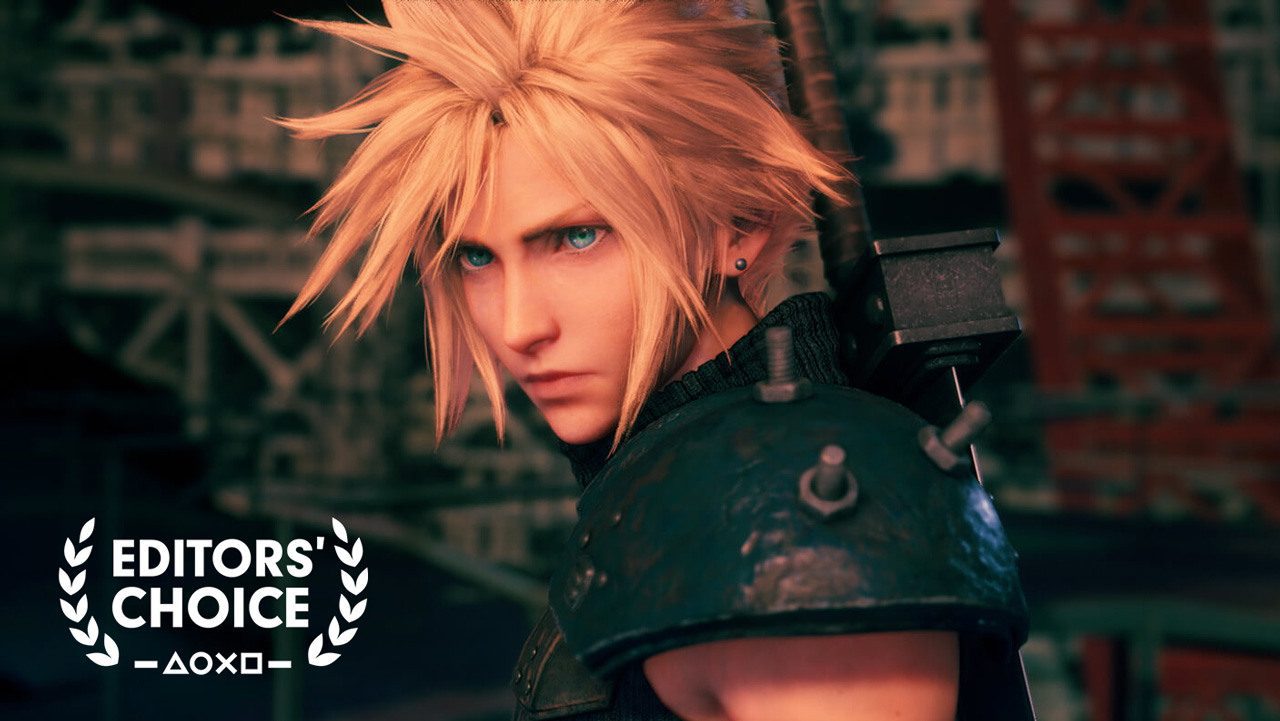Schlagwort: editors choice
-

Das waren die PlayStation-Empfehlungen der Redaktion 2021
Reading Time: 9 minutesUnd ehe man sich versieht, ist 2021 schon wieder vorbei. Was uns bleibt, ist eine bunte Mischung fantastischer Spiele. Wir haben uns durch fiese Zeitschleifen gekämpft, haben Werwölfe besiegt, sind durch farbenfrohe Plattformwelten gesprungen und vieles mehr. Die PlayStation-Teammitglieder haben aus dem Angebot des gesamten Jahres ihre Lieblingstitel für die mit Spannung…
-

Editors’ Choice: Fall Guys: Ultimate Knockout takes the crown
Reading Time: 8 minutes60 players. 24 levels. 5 rounds. 1 crown. Without a doubt, our entire global team has been enraptured by the zany and frenetic energy of battle royale platformer Fall Guys: Ultimate Knockout. Whether we’re bouncing through the colorfully inventive levels or facing the absurdity of being defeated by someone in a hot…
-

Editors’ Choice: Ghost of Tsushima’s stunning open world is unmissable
Reading Time: 4 minutesMy fellow samurai have fallen. My adoptive uncle, Lord Shimura, could be executed at any moment. Everything on the island of Tsushima is on fire or overrun with invading Mongols. As lone samurai Jin Sakai, it’s my unwavering mission to reclaim the island and drive these enemies from my home. Nothing could…
-

Empfehlung der Redaktion: Ghost of Tsushima
Reading Time: 4 minutesMeine Samurai-Brüder sind gefallen. Mein Adoptivonkel, Fürst Shimura, kann jeden Moment hingerichtet werden. Alles auf der Insel Tsushima steht entweder in Flammen oder wird von angreifenden Mongolen überrannt. Als einsamer Samurai Jin Sakai ist es meine unbeirrbare Mission, die Insel zurückzuerobern und diese Feinde aus meiner Heimat zu verjagen. Nichts hat größeren…
-

Editors’ Choice: The Last of Us Part II
Reading Time: 4 minutesIt’s now well over a month since Naughty Dog’s sequel launched worldwide. Enough time for the game to be completed, its heart-pounding events absorbed and mulled over. If you’ve yet to watch the credits roll though, an obvious disclaimer: heavy spoilers from here on in. If the 2013 original focused on the…
-

Empfehlung der Redaktion: Streets of Rage 4 lässt euch einfach drauflos spielen
Reading Time: 5 minutesStreets of Rage 4 macht vieles genau richtig. Da wäre zum Beispiel das grandiose Kampfsystem, in dem sich Gelegenheitsspieler wie Kampfsportmeister fühlen und sich Kampfspielfans dank jeder Menge anspruchsvoller Techniken so richtig austoben können. Oder der Soundtrack mit seinen mitreißenden Tracks und eingängigen Beats, die nicht nur die Action auf dem Bildschirm…
-

Editors’ Choice: Streets of Rage 4 is a sublime example of pick up and play brilliance
Reading Time: 4 minutesStreets of Rage 4 does a lot right. Take its sublime combat system, making casuals feel like martial art masters and giving fighting fans high-level techniques to sink their teeth into. Or its soundtrack, all head-bopping tracks and catchy beats that drive the on-screen action and prove as pleasurable a listen when…
-

Editors’ Choice: Persona 5 Royal Steals Hearts With Style
Reading Time: 4 minutesI can remember the exact moment Persona 5 hooked me back in 2017. Leaping over a shocked casino crowd and fighting off eclectically designed enemies, the devilishly styled Joker attempts a daring escape only to be captured by police forces. It’s a teaser, a taste of the flair for the battle to…
-

Editors’ Choice: Paper Beast Delivers A Thought-Provoking, Immersive World
Reading Time: 4 minutesMy first glimpse of Paper Beast came during last December’s jam-packed State of Play presentation. Nestled between the mind-bending puzzles of Superliminal and the Kingdom Hearts III expansion was a captivating trailer showcasing a first-person journey through dreamlike terrain. The video featured interesting topography and trippy visuals, but what did it all…
-

Editors’ Choice: Final Fantasy VII Remake is Worthy of its Name
Reading Time: 4 minutesFinal Fantasy VII is an important game. Not only to the millions of gamers whose lives it has touched over the past two decades, but to Square Enix as well — FF7 is far and away the most recognizable game developed by the JRPG powerhouse. So the idea of going back to…
-

Editors’ Choice: A Plague Tale: Innocence Weaves A Beautiful and Macabre Story
Reading Time: 4 minutesEarly on in A Plague Tale: Innocence, the De Rune siblings pause in the middle of a silent church yard. After their ancestral home was attacked, they’ve been on the run through the fields and villages of war-torn, plague-infested medieval France, with angry villagers and the Inquisition hot on their trail. Older…
-

Editors’ Choice: Intense Duels Reign Supreme in Sekiro: Shadows Die Twice
Reading Time: 3 minutesAs someone familiar with FromSoftware’s prior works, I approached Sekiro: Shadows Die Twice with (what I believed to be) earned confidence. After all, surely those who’ve conquered the Souls series and acquired Bloodborne’s Platinum Trophy would be adequately prepared for a stealthy shinobi adventure through 15th Century Japan. For the first several…
-

Editors’ Choice: Death Stranding Delivers an Addictive Open World Journey
Reading Time: 5 minutesWhere do I start? Death Stranding, as is true of just about anything Hideo Kojima works on, has been the subject of intense speculation since it was first revealed on stage at PlayStation’s E3 2016 press conference. With Kojima-san striking out on his own, starting a new studio (upon which he has…
-

Editors’ Choice: Resident Evil 2 is Survival Horror Mastered
Reading Time: 4 minutesDreams of a Resident Evil 2 remake have been swirling in my head since 2005. My imagination ignited the moment I unlocked Leon’s Raccoon Police Department outfit in Resident Evil 4. Seeing the outbreak survivor in his updated, detailed RPD uniform battling parasitic threats with RE4’s revolutionary over-the-shoulder gunplay set my mind…
-

Editors’ Choice: The Outer Worlds’ Sci-Fi Humor is Out of This Galaxy
Reading Time: 4 minutesStepping foot into The Outer Worlds, I was ready to tread some familiar RPG ground. A newcomer ventures forth into an unexplored world, only to meet companions, treasure, and danger at every turn. After Fallout: New Vegas and Pillars of Eternity, I thought I had Obsidian all figured out. That is, until…




